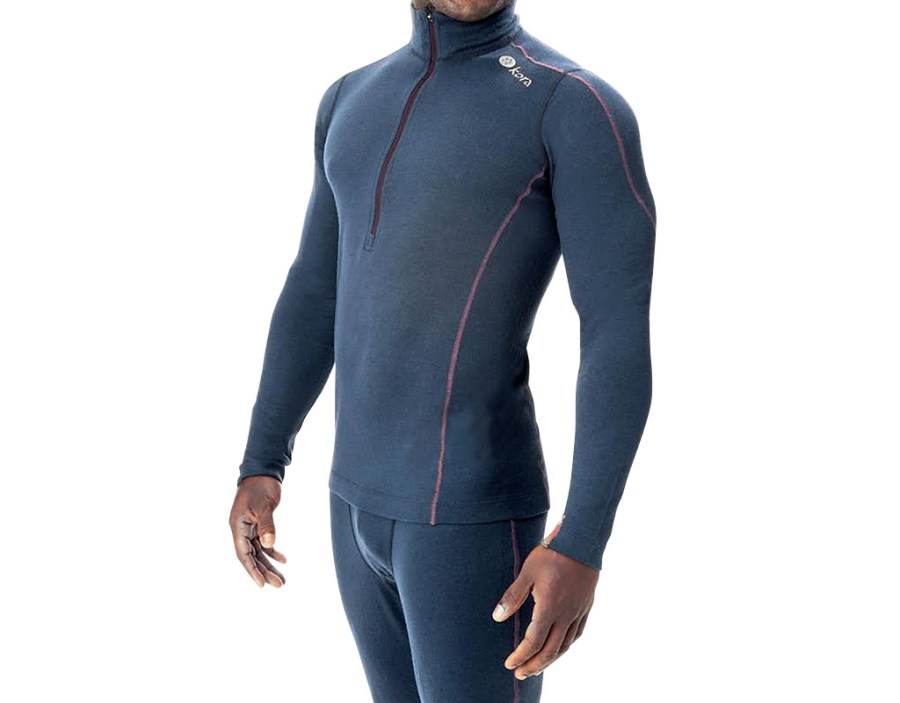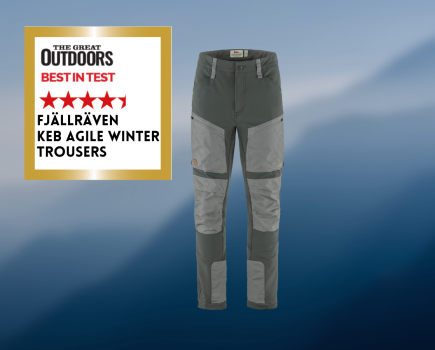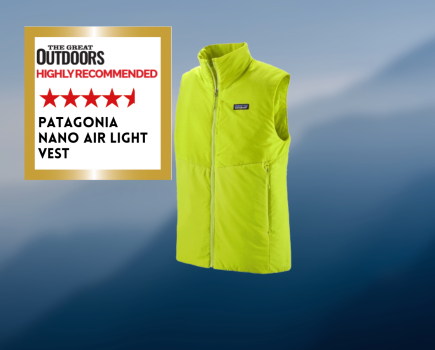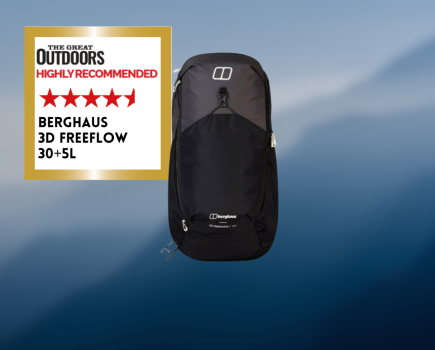ANOTHER COMPANY offering base layers is hardly news. Kora is different however as it’s the first to use yak wool, which is sourced from herds high in the Himalayas. Anyone who’s been trekking there will have seen the great shaggy yaks carrying loads on rugged mountain paths. Their thick coats keep them warm in the bitter winters at high altitude in the Himalayas. In the spring they shed much of their wool and it is then that it is collected, by hand, to be made into Kora base layers.
Yak wool, says Kora, is 40 percent warmer than merino wool and also has 66 percent greater air permeability and 17 percent greater water vapour permeability. Impressive sounding figures (though I do wonder just how you measure so precisely – not all merino wool is the same) but what matters is how the fabric performs in use.
So far there are just two garments: the ShoLa zip-neck top and the ShoLa leggings, both made from 230gsm yak wool and available in men’s and women’s sizes. I’ve been trying the zip top which has a high double-layer collar, a long zip and flat-sewn offset seams. The fabric is soft and quite stretchy, however I needed a Large rather than my usual Medium as the sizing is on the small side. The top weighs 309 grams. I’ve worn this base layer on half a dozen day walks and on two overnight trips and I’m impressed. It feels very soft and comfortable next to the skin, wicks moisture fast and dries
fairly quickly. When damp it still feels warm. In fact I could only tell it was damp by pressing the fabric with my hand. The top doesn’t smell after continuous wear – I slept in it on the overnight trips, so it was worn for 30-plus hours non-stop – or after strenuous sweaty exercise. It’s also very warm for the weight – as warm, says Kora, as 260gsm merino. This might make it a bit too hot in summer weather, something I haven’t been able to test yet, though it is very breathable. Kora says it will keep you cool in the heat. I did wear it on a steep ascent in windless conditions when I was hot enough to remove outer layers even though it was November and I didn’t feel too warm or sticky in it.
Is it better than merino wool though? That’s hard to say. I think it does dry a little quicker and doesn’t get as damp from sweat. It’s certainly at least as good as the very best merino garments. The comfort is superb and I’ll be wearing it much more over the coming months. That will show how well it performs after many washes and how durable it is. In the meantime I can say that if you want a cool weather base layer this is one of the best around. It is expensive though.
By Chris Townsend







